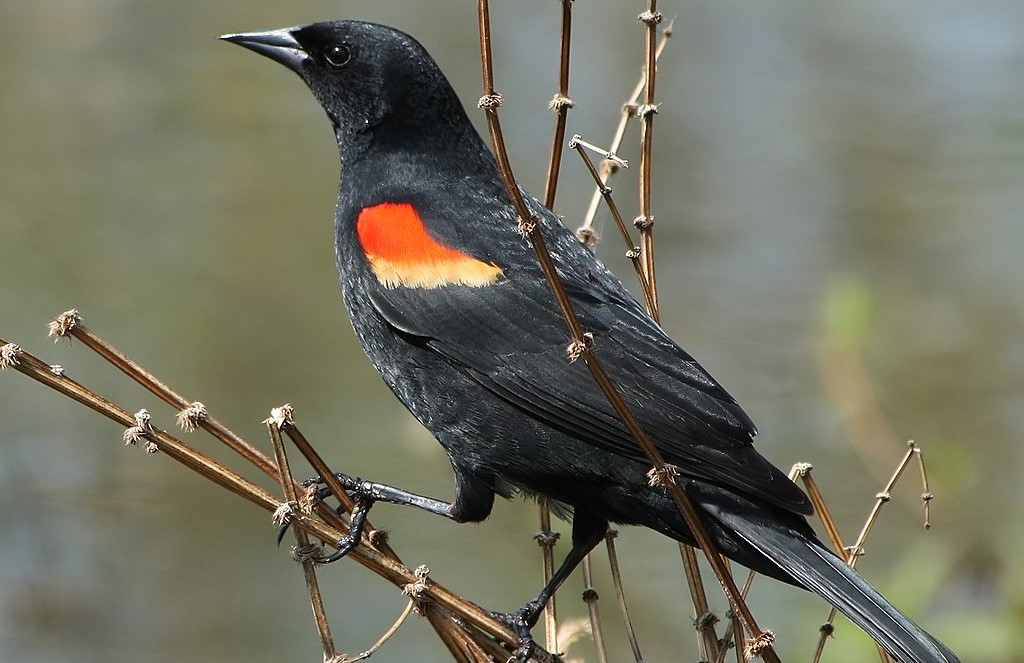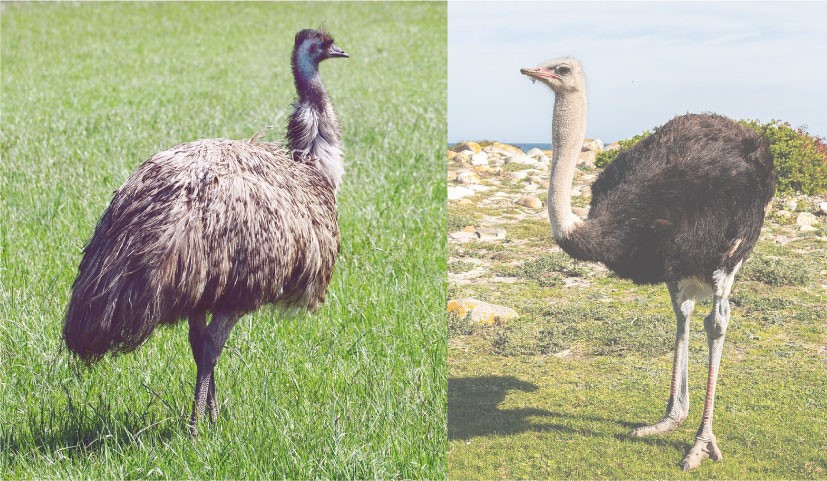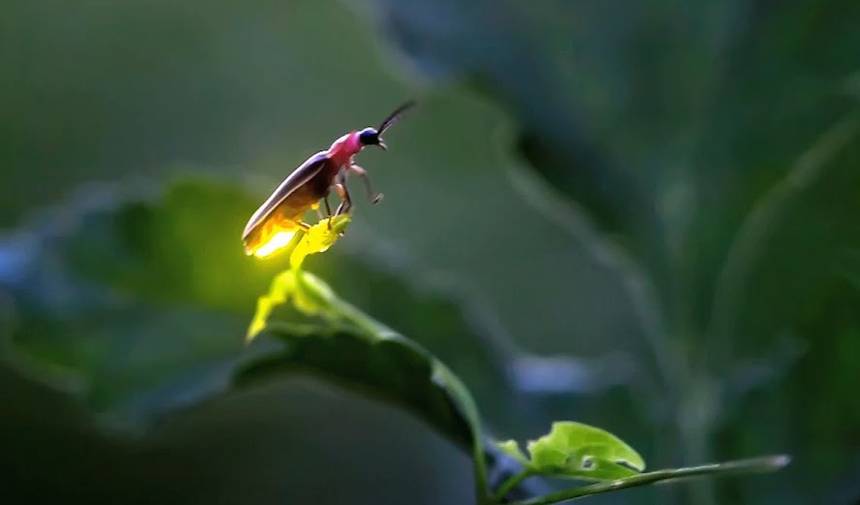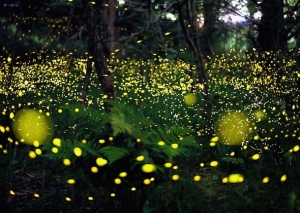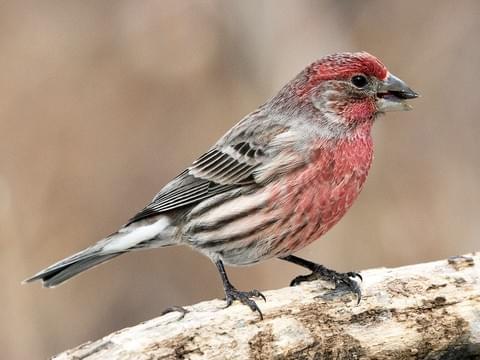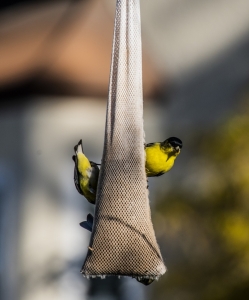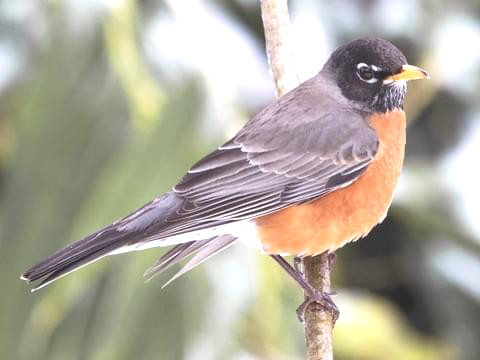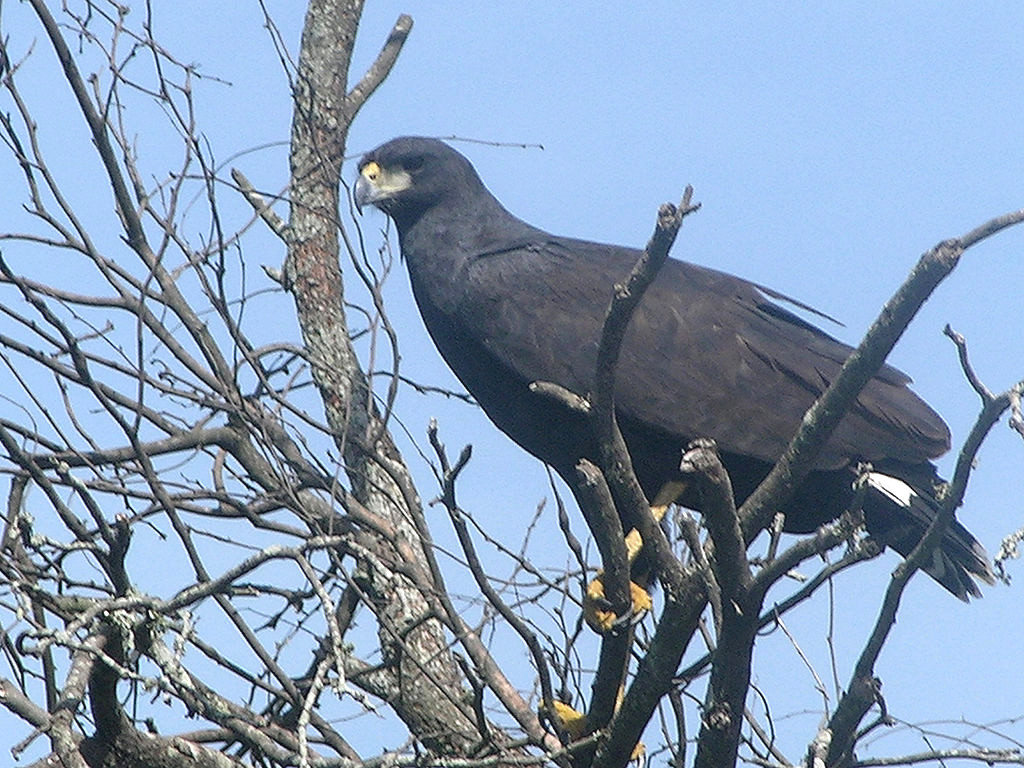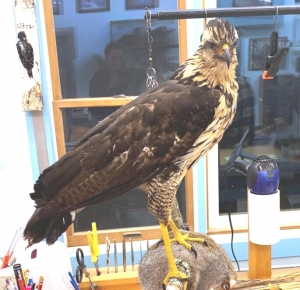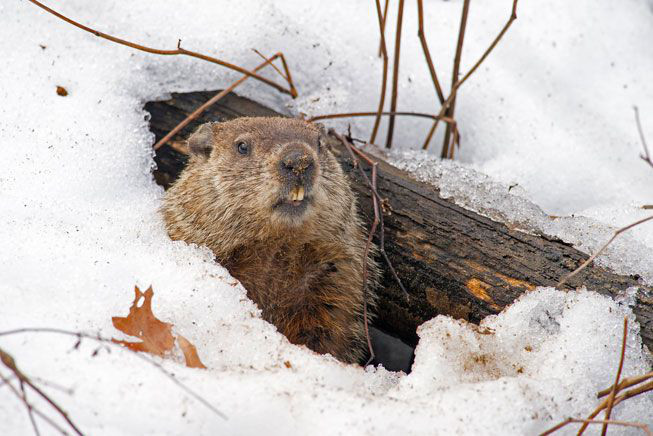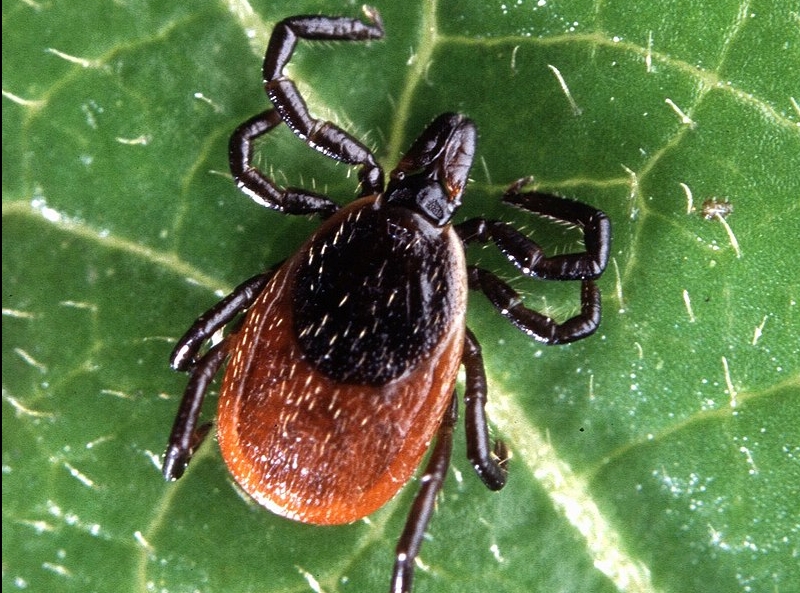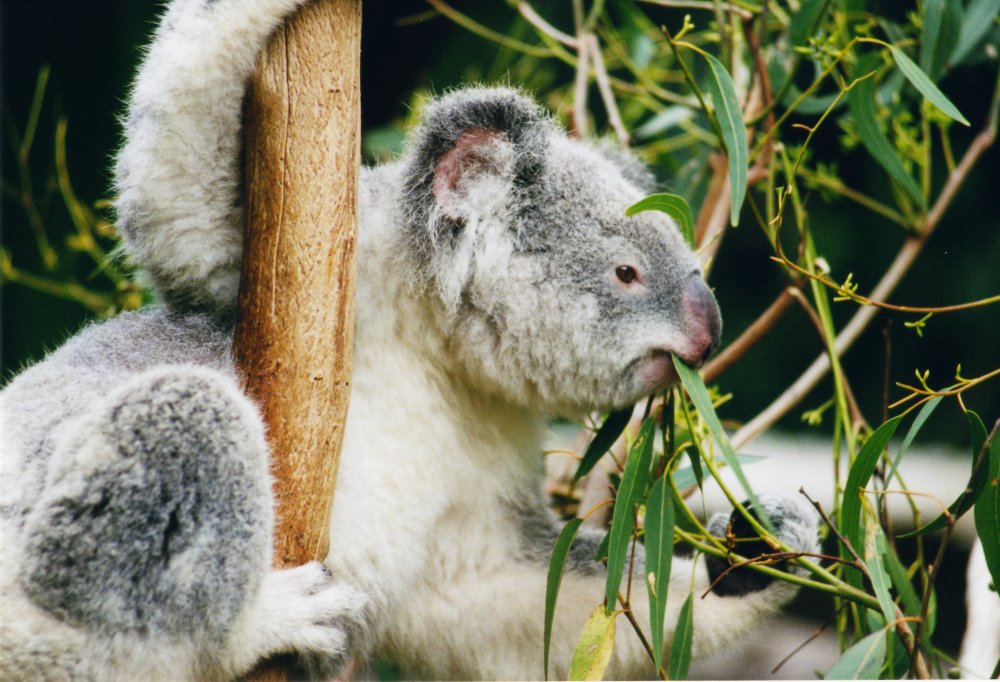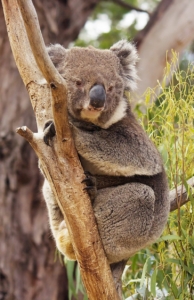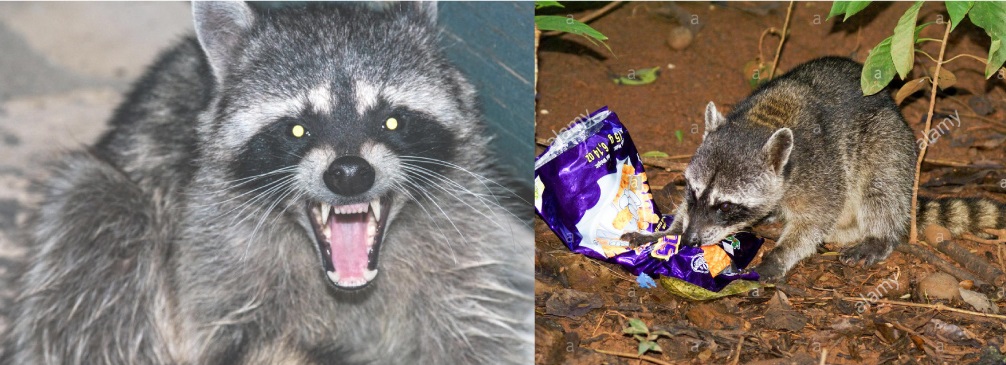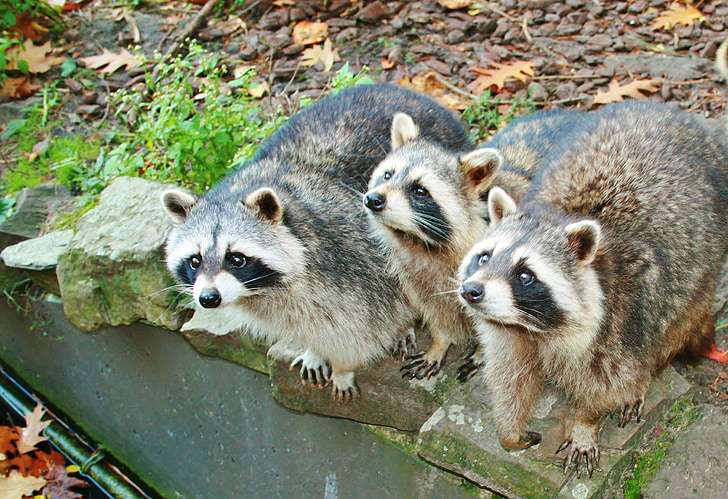SCORES & OUTDOORS: A sure sign of spring when red-winged blackbirds appear
 by Roland D. Hallee
by Roland D. Hallee
What a beautiful sight!
On my way to work last week I spotted a small flock of red-winged blackbirds. A sure sign of spring. They are probably the first migrating birds to arrive back from their southern winter homes.
The red-winged blackbird, Agelaius phoeniceus, is found in most of North America and much of Central America. It breeds from Alaska and Newfoundland south to Florida, the Gulf of Mexico, Mexico, and Guatemala. It may winter as far north as Pennsylvania and British Columbia, but northern populations are generally migratory, moving south to Mexico and the southern United States.
It is believed that it is the most abundant living land bird in North America, as bird-counting of wintering red-winged blackbirds sometimes show that loose flocks can number in excess of a million birds per flock and the full number of breeding pairs across North and Central America may exceed 250 million in peak years. It also ranks among the best-studied wild bird species in the world. The male is all black with a red shoulder and yellow wing bar, while the female is a nondescript dark brown. Seeds and insects make up the bulk of the red-winged blackbird’s diet.
The common name for the red-winged blackbird is taken from the mainly black adult male’s distinctive red shoulder patches, which are visible when the bird is flying or displaying. At rest, the male also shows a pale yellow wingbar. The female is blackish-brown and paler below. The female is smaller than the male.
The range of the red-winged blackbird stretches from southern Alaska to the Yucatan peninsula, in Mexico, in the south, and from the western coast of North America to the east coast of the continent. Red-winged blackbirds in the northern reaches of the range are migratory, spending winters in the southern United States and Central America. Migration begins in September or October, occasionally as early as August.
The red-winged blackbird inhabits open grassy areas. It generally prefers wetlands, and inhabits both freshwater and saltwater marshes, particularly where cattail is present. It is also found in dry upland areas, where it inhabits meadows, prairies, and old fields.
The red-winged blackbird has many predators. Virtually all of North America’s raptors take adult or young red-winged blackbirds, even barn owls, which usually only take small mammals, and northern saw-whet owls, which are scarcely larger than a male red-winged. Locally, they are one of the preferred prey species of short-tailed hawks. Crows, ravens, magpies and herons are occasional predators of blackbird nests. Additional predators of blackbirds of all ages and their eggs include raccoons, mink, foxes and snakes, especially the rat snake. Marsh wrens destroy the eggs, at least sometimes drinking from them, and peck the nestlings to death.
The red-winged blackbird aggressively defends its territory from other animals. It will attack much larger birds. Males have been known to swoop at humans who encroach upon their nesting territory during breeding season.
The maximum longevity of the red-winged blackbird in the wild is 15.8 years.
The red-winged blackbird is omnivorous. It feeds primarily on plant materials, including seeds from weeds and waste grain such as corn and rice, but about a quarter of its diet consists of insects and other small animals, and considerably more so during breeding season. It prefers insects, such as dragonflies, damselflies, butterflies, moths, and flies, but also consumes snails, frogs, eggs, carrion, worms, spiders and mollusks. The red-winged blackbird forages for insects by picking them from plants, or by catching them in flight. In season, it eats blueberries, blackberries, and other fruit. These birds can be lured to backyard bird feeders by bread and seed mixtures and suet. In late summer and in autumn, the red-winged blackbird will feed in open fields, mixed with grackles, cowbirds, and starlings in flocks which can number in the thousands.
Red-winged blackbirds are polygynous, with territorial males defending up to 10 females. However, females frequently copulate with males other than their social mate and often lay clutches of mixed paternity. Pairs raise two or three clutches per season, in a new nest for each clutch.
Predation of eggs and nestlings is quite common. Nest predators include snakes, mink, raccoons, and other birds, even as small as marsh wrens. The red-winged blackbird is occasionally a victim of brood parasites, particularly brown-headed cowbirds. Since nest predation is common, several adaptations have evolved in this species. Group nesting is one such trait which reduces the risk of individual predation by increasing the number of alert parents. Nesting over water reduces the likelihood of predation, as do alarm calls. Nests, in particular, offer a strategic advantage over predators in that they are often well concealed in thick, waterside reeds and positioned at a height of three to six feet. Males often act as sentinels, employing a variety of calls to denote the kind and severity of danger. Mobbing, especially by males, is also used to scare off unwanted predators, although mobbing often targets large animals and man-made devices by mistake.
In winter, the species forage away from marshes, taking seeds and grain from open fields and agricultural areas. It is sometimes considered an agricultural pest. Farmers have been known to use pesticides—such as parathion—in illegal attempts to control their populations. In the United States, such efforts are illegal because no pesticide can be used on non-target organisms, or for any use not explicitly listed on the pesticide’s label. However, the USDA has deliberately poisoned this species: in 2009, the Animal and Plant Health Inspection Service reported poisoning over 950,000 red-winged blackbirds in Texas and Louisiana. This poisoning has been implicated as a potential cause of the decline of the rusty blackbird, a once abundant species that has declined 99 percent since the 1960s and has been recently listed as Threatened on the International Union for Conservation of Nature (IUCN) Red List.
Love ‘em, or hate ‘em, when the red-winged blackbird makes its appearance in the north, it’s a pretty good sign that spring is not far into the future.
Roland’s trivia question of the week:
Name the only Red Sox pitcher to have won the American League Most Valuable Player Award.


